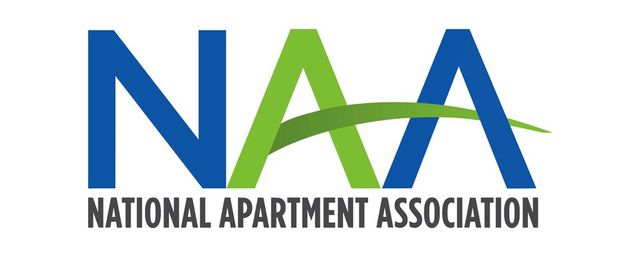Investigating the Effect of Ethernet Protocols on Enhancing Web Access in Multi-Dwelling Residences
Investigating the Effect of Ethernet Protocols on Enhancing Web Access in Multi-Dwelling Residences
Blog Article
Network standards play a vital function in improving web connectivity, particularly in multi-dwelling units (MDUs) like apartment buildings and condo complexes. These specifications define how information is communicated over systems, guaranteeing that devices can interact effectively. As an increasing number of people depend on the web for work, learning, and entertainment, having a dependable and fast connection in MDUs has become increasingly essential. By comprehending Ethernet standards, property administrators and residents can make knowledgeable decisions about their web services, leading to improved connectivity for everyone.
One of the key Ethernet specifications is IEEE 802.3, which details the requirements for cabled Ethernet links. This standard has developed over the decades, introducing faster speeds and enhanced efficiency. For example, the initial Ethernet specification offered speeds of 10 megabits per sec, while more recent versions, such as Gigabit Ethernet, can provide speeds of up to 1,000 Mbps. In MDUs, where numerous tenants utilize the same internet link, having a high-speed Ethernet network can significantly enhance the total user experience. Faster speeds mean quicker file transfers, more seamless streaming, and more reliable visual calls, which are crucial for remote employment and virtual education.
Another important aspect of Ethernet standards is the implementation of organized cabling infrastructures. These systems organize and manage the system cables that link devices within a building. By adhering to the principles set by Ethernet protocols, MDUs can guarantee that their cabling is efficient and effective. This structure assists minimize signal disruption and enhances data transfer quality. Additionally, structured wiring enables for easier upgrades and servicing, making it easier for building administrators to adjust to changing technology requirements. As web usage continues to increase, having a well-structured wiring system is crucial for maintaining high-quality connectivity.
Electricity over Ethernet (PoE) is another important advancement in Ethernet tech that aids MDUs. PoE allows system cables to transmit power electricity together with data, eliminating the need for separate power supplies for devices like safety cameras, Wi-Fi connectivity nodes, and VoIP devices. This capability simplifies installation and reduces clutter, making it simpler to establish a comprehensive network in multi-dwelling units. By utilizing PoE, property managers can enhance security and improve internet access throughout the building without the added cost of additional electrical work.
In summary, Ethernet protocols have a profound impact on web connectivity in multi-dwelling buildings. By offering faster rates, organized cabling, and innovative capabilities like Electricity over Ethernet, these standards assist establish a reliable and effective system for More Help residents. As tech continues to progress, remaining aware about Ethernet standards will be essential for building administrators and tenants alike. By putting resources in the appropriate infrastructure, MDUs can guarantee that all tenants experience a seamless web experience, making their residences more connected and convenient.